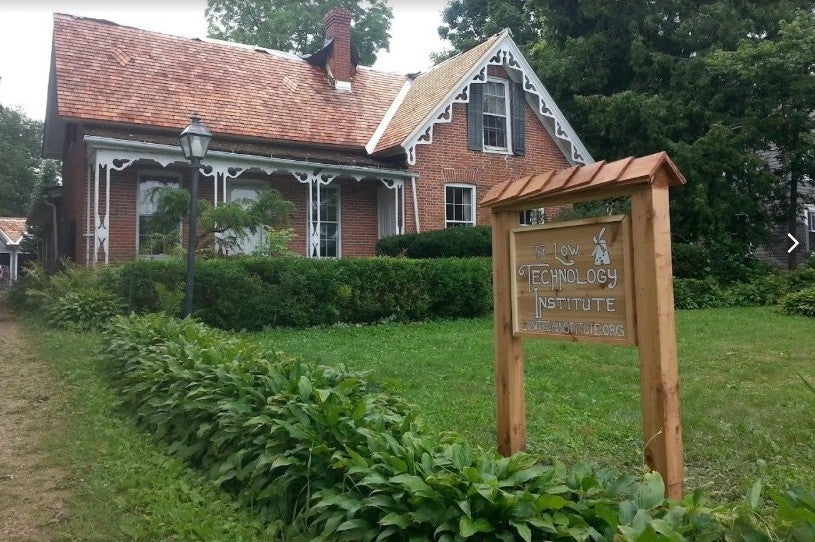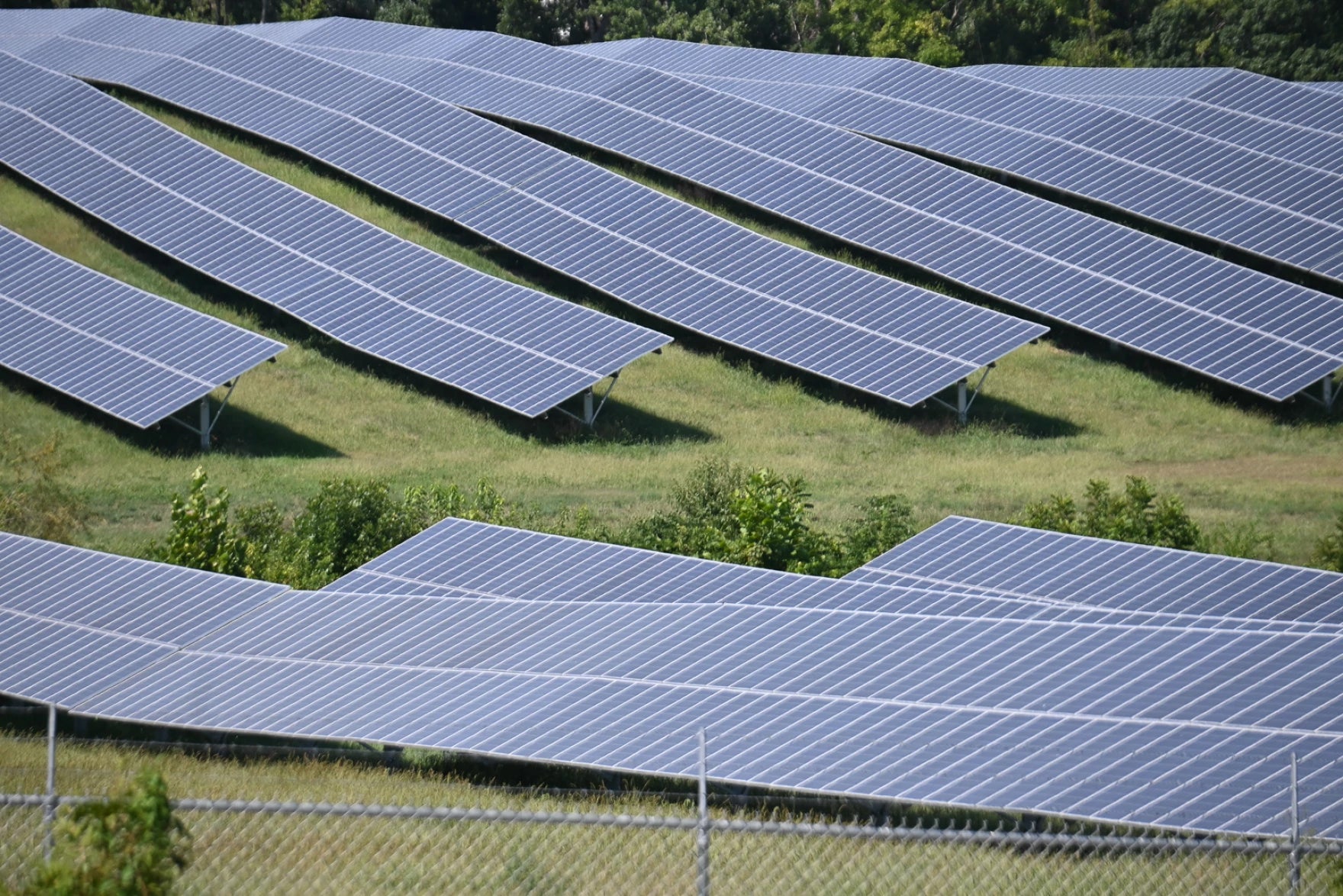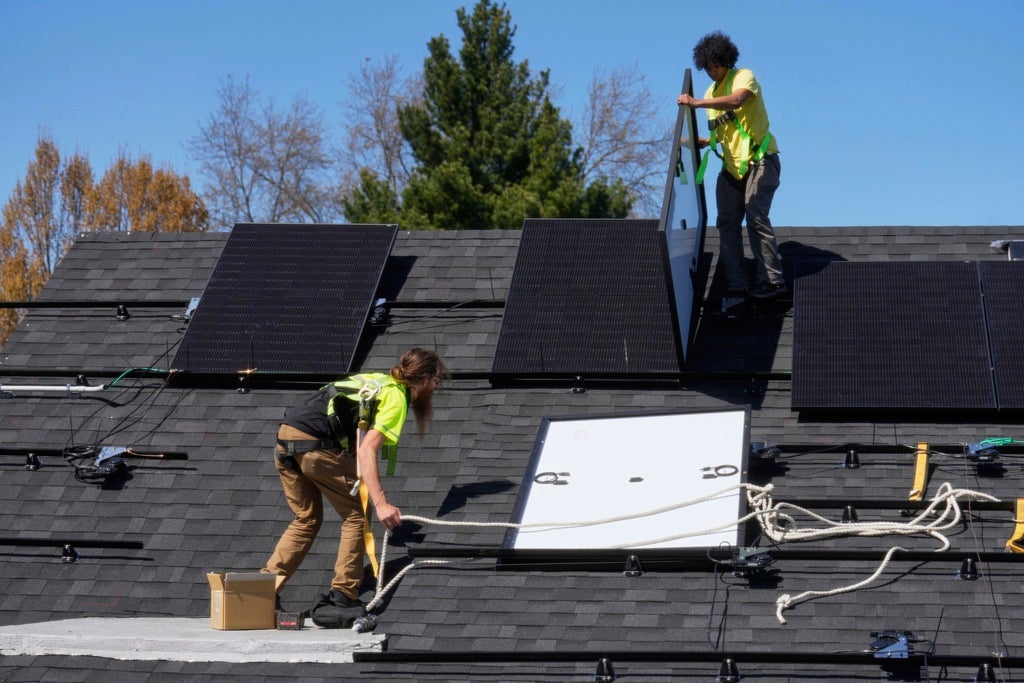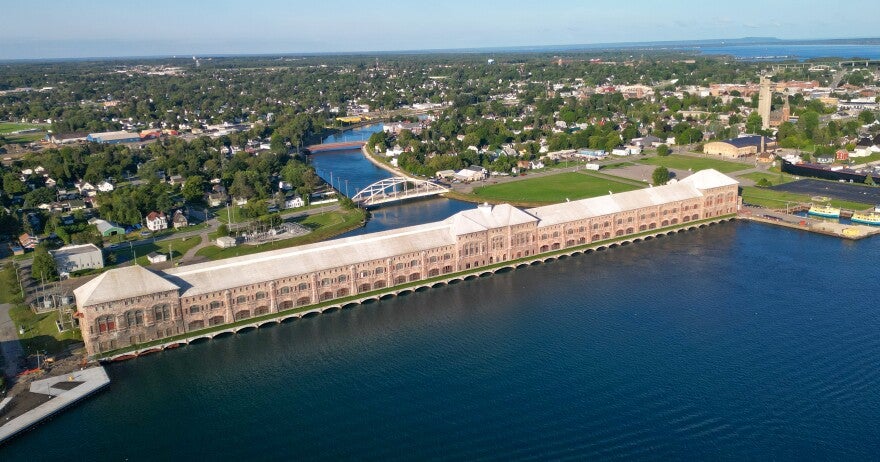Are you feeling suffocated by technology’s grasp on your daily life? The Low Technology Institute might be the place for you.
Located in the historic village of Cooksville, the nonprofit’s mission is to research ways to live locally and sustainably without a reliance on fossil fuels.
For leaders of the institute, that often means looking back to earlier generations for inspiration.
News with a little more humanity
WPR’s “Wisconsin Today” newsletter keeps you connected to the state you love without feeling overwhelmed. No paywall. No agenda. No corporate filter.
Scott Johnson, the founder and director of the Low Technology Institute, visited WPR’s “The Larry Meiller Show” to talk about how he’s bringing the methods of the past into the future.
Surviving on simplicity
The initial idea for the institute was born out of Johnson’s academic career, he said.
“I wrote a book about the fall of ancient civilizations — the large scale, complex societies,” Johnson reflected. “A lot of what I found came down to societies like the ancient Romans not understanding that there were major changes happening in the world and not adapting.”
“Then I started to think about where the world is heading and what I can do about it before it’s too late,” Johnson continued. “And I started thinking about what are practical, hands-on, small-scale things that we can do. I started thinking about teaching classes and doing research. So the idea of the institute was born out of that.”
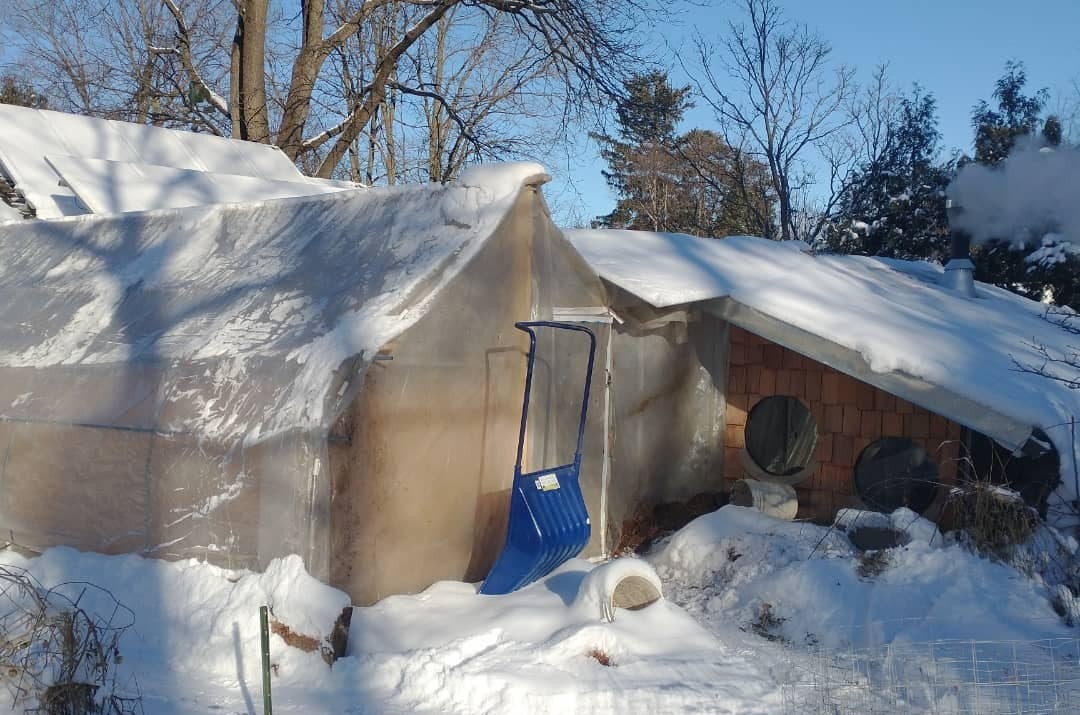
A town preserved in time
Johnson believes Cooksville is the perfect setting for the Low Technology Institute. It’s known as “the town that time forgot” after railroad construction in the mid-1800s bypassed the village in favor of surrounding towns like Stoughton and Evansville.
Suddenly, lacking reliable trade, transport and tourism, the village became more isolated. Its residents grew increasingly more self-sufficient, making Cooksville an ideal setting for a facility dedicated to helping communities be less reliant on external forces.

The power of one
Johnson subscribes to the theory that the desire to be self-sustaining is linked to the birth of the United States.
“America was founded by risk takers who left everything they knew to go across the ocean to found this new world,” Johnson said. “So for many of us, solutions to our problems need to be hands-on and personal. So I want our teachings to reflect that.”
Johnson also advocates for localism, which he defines as “a systemic preference for local resources, especially as it pertains to subsistence.”
“Basically,” he explained, “get as many of your things that you depend on to live from as close as possible. It’s not a silver bullet for a lot of the problems we face, but it can certainly make us more stable.”
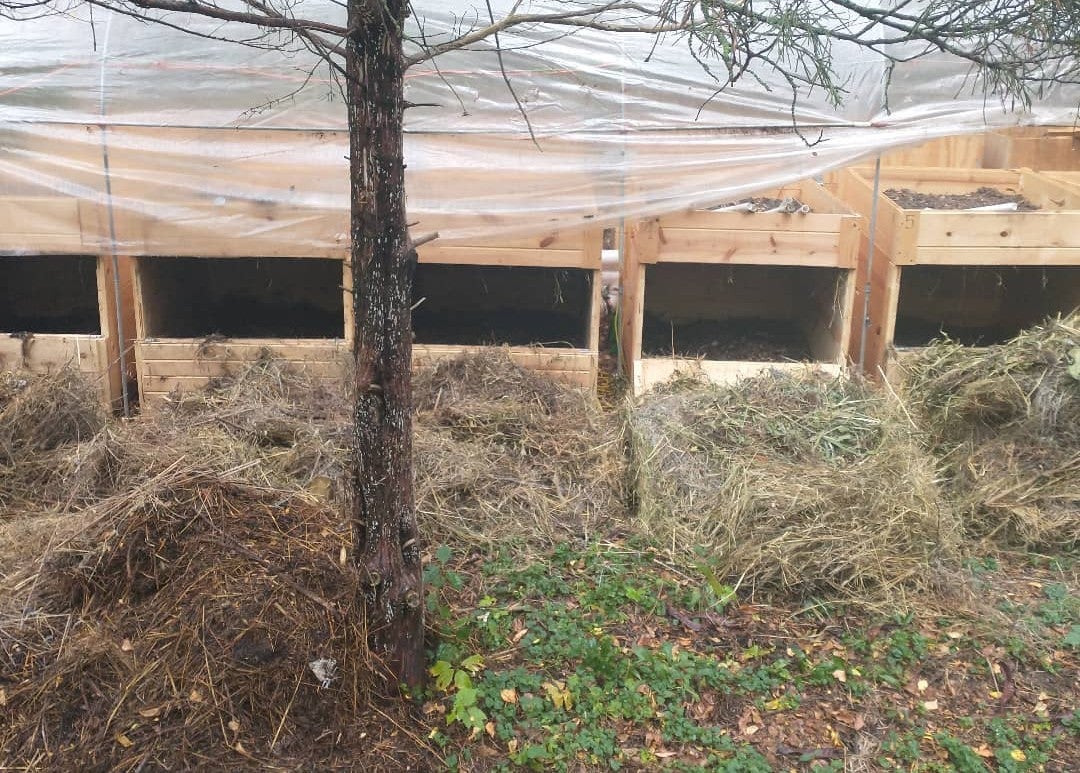
Low-tech gardening
Many of Johnson’s ideas and philosophies are realized in the gardening areas of the institute. His walipini greenhouse is built partially below ground which allows for maintaining a more stable and warmer temperature than surface-level greenhouses.
“This is using basically the Earth as a thermal battery,” Johnson said. “So it’s storing heat during the day when the sun is beating into it. Then it doesn’t get as cold at night.”
Johnson also has a chicken coop, a hoop house, field crops including wheat and rye, and a composting hutch built on the principles of static aerated pile composting, which allows for composting without the need for manual turning.
“Which is great, because turning compost is the sticking point for most people,” Johnson added.
In addition, Johnson relies on vermicomposting, or worm composting, which he says is a great way to compost year-round.
“But you can’t use just any worms,” Johnson advised. “Make sure they are red wigglers. They are a specific species of worm that do well in confinement.”

Johnson’s interest in gardening aligns with his belief that the best way for us to reduce our carbon footprint is to grow our own food.
“Most of the carbon from our food comes from transportation and growing it far away or growing it in artificially hot conditions,” Johnson said. “That takes a lot of energy.”
Maximizing muscle, hyping up horsepower, augmenting the aquatics
Just as Johnson says you need the right type of worms for composting, he also stresses the need to use the right muscles for gardening.
“Most people have stronger legs than they do arms, so I’d rather use my legs than my arms if I can help it,” he said.
To that end, Johnson’s low-tech gardening devices include a high-wheel hoe that reduces the need to bend and reach. He is also working on a culticycle,which is a bicycle-powered tractor.
Johnson utilizes aquaponics, too — fish waste that is used as nutrients in order to grow plants hydroponically.
“The hope is that we’ll dig a big pond for tilapia or trout, and then that will run through these large garden beds and clean the water for the fish, which we can then eat at the end of the season,” Johnson said.
OK, there is some technology
Helping others prepare for the future – any type of future – is what fuels Johnson’s work. His passion means he’s willing to embrace technology in the form of producing videos and podcasts in hopes of sharing and expanding knowledge.
“A lot of these ideas would once have been passed down from generation to generation,” Johnson described. We’ve now lost a lot of that knowledge. Through videos and podcasts, we can preserve some of the knowledge behind these things, because you never know what you’re going to need in the future.”
To learn more about the Low Technology Institute’s offerings and events, as well as ways to get involved, visit its website.

